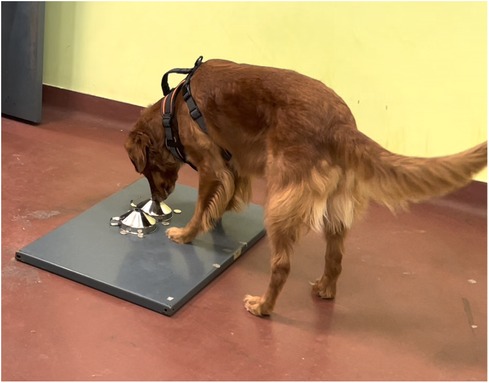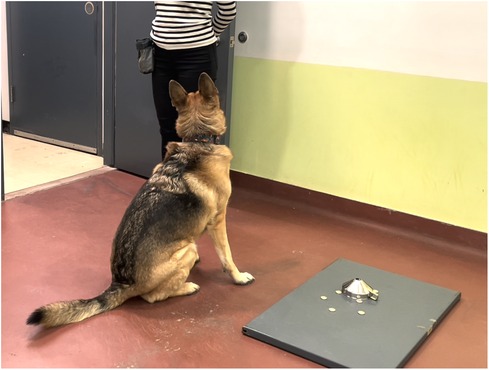As if we needed any more evidence of the wonder of dogs, new research is showing that some service pups may be able to add a new skill to their resumes. As well as those that sniff out serious conditions like cancer and Parkinson’s disease, some proficient pooches may be able to detect symptoms such as oncoming flashbacks in people with post-traumatic stress disorder (PTSD).
PTSD is an often debilitating mental health condition that arises after exposure to a traumatic event, such as violence witnessed during military service. People with PTSD can re-experience their trauma over and over again in the form of flashbacks, nightmares, or distressing sensations, which can make daily life difficult to manage.
There’s a wealth of anecdotal evidence from people with PTSD that the companionship of a service dog can be life-changing – but it’s only comparatively recently that research has begun to explore this scientifically.
Dogs can be trained to learn when their handlers are experiencing difficult symptoms and to interrupt them, but scientists behind a recent paper wondered whether this could be taken to the next level. Could dogs be trained, not just to assist people during episodes, but to predict when an episode might happen?
The multidisciplinary research team suspected the key could lie in the profile of scent compounds (called volatile organic compounds or VOCs) that all of us emit in our sweat and other secretions. VOC profiles differ according to age, genetic factors, and other variables like stress. Since dogs’ impressive noses seem to be able to sniff out these changes, could they also be able to smell the stress that precedes the onset of PTSD symptoms like flashbacks?
Twenty-six people volunteered to take part in an experiment, of whom all had experienced trauma, and 54 percent met the criteria for a PTSD diagnosis. They wore disposable face masks to collect two breath samples, one while they were in a calm environment and another while they were being asked to recall their trauma.
Then it was time to bring in the dogs. Of the 25 pet dogs who were trialed, only two extremely good girls made the grade; Ivy, a 5-6-year-old Red Golden Retriever; and Callie, a 3-4-year-old German Shepherd/Belgian Malinois mix.

Ivy hard at work detecting scents.
“Both Ivy and Callie found this work inherently motivating,” explained first author Laura Kiiroja in a statement. “Their limitless appetite for delicious treats was also an asset. In fact, it was much harder to convince them to take a break than to commence work. Callie in particular made sure there was no dilly-dallying.”
Having only two dogs was fine for the purposes of this proof-of-concept study, which was just to try and figure out if using dogs to detect VOCs related to PTSD symptoms was even possible. Over a period of four months for Ivy and five months for Callie, during which they worked for 13 and 17 days respectively, the dogs were trained to detect and signal the presence of VOCs associated with stress.
They managed 90 percent accuracy in choosing between a stress and a non-stress sample. When presented with samples one at a time, they both detected the stress samples with a high level of accuracy: 74 percent for Ivy and 81 percent for Callie.

Callie signals to her handler that the sample is stress-negative.
“Although both dogs performed at very high accuracy, they seemed to have a slightly different idea of what they considered a ‘stressed’ breath sample,” Kiiroja said.
“We speculated that Ivy was attuned to sympathetic-adreno-medullar axis hormones (like adrenaline) and Callie was oriented to the hypothalamo-pituitary-adrenal axis hormones (like cortisol). This is important knowledge for training service dogs, as alerting to early-onset PTSD symptoms requires sensitivity to sympathetic-adreno-medullar axis hormones.”
With this proof-of-concept in the bag, the team plans further research to confirm which hormones are involved, and to try out the test with larger sample sizes. It’s still a way off, but in the future, these protocols could be embedded into the training for PTSD service dogs, enhancing their already considerable abilities.
We just hope Callie and Ivy got extra treats after that performance!
The study is published in the journal Frontiers in Allergy.
Source Link: PTSD Service Dogs Could Be Able To Sniff Out Flashbacks Before They Happen